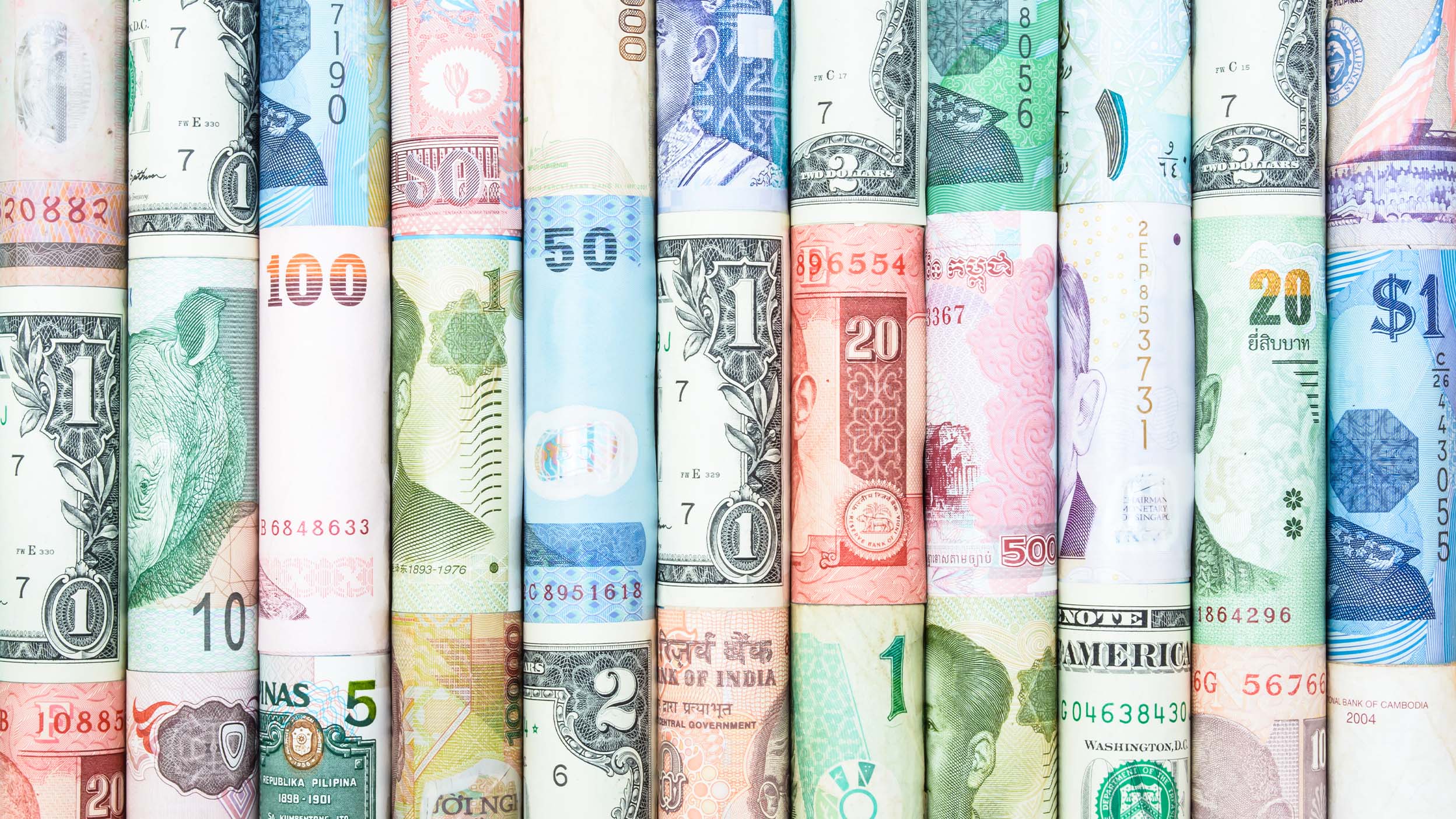Central banks are diversifying reserves in uncertain times

Key takeaways
Dollar concerns
The dollar’s global reserve currency status seems less certain due to debt levels, persistent deficits, and political volatility.
Reserve alternatives
The euro and renminbi are among the reserve alternatives to the dollar, though neither is a serious contender.
Gold hedging
Central banks are relying on gold, a safe harbour in turbulent times, to build out their reserve strategies.
We live in an increasingly uncertain world. And central banks have noticed. Diversifying its reserve may be a central bank’s best defence against economic and geopolitical volatility. In preparing for more unpredictability, institutions have expanded reserves, upgraded risk frameworks and liquidity structures, and added flexibility. The trend seems likely to continue, according to Invesco’s 2025 Global Sovereign Asset Management Study.
Reserve accumulation had started to stabilize a few years ago, but that’s now changing. Invesco’s study found that 64% of central banks intend to increase their reserve levels, while 53% plan to further diversify their holdings. Over the past three years, almost three-quarters of central banks have enhanced their risk management processes and close to two-thirds have reassessed reserve adequacy standards. “The challenging past three years pushed us to reevaluate our reserve levels,” according to one Middle Eastern central bank. “We realised how crucial it is to maintain strong buffers to protect against external shocks.”
Multiple factors figure into the reserve equation, the dollar’s long-term stability perhaps foremost among them. While alternatives exist, none appear capable of taking over the reserve currency role. Gold, a historical safe haven, is on the rise, however. Let’s explore these issues in order.
Rising concerns about the dollar
Concerns about the long-term stability of the US dollar are intensifying among central banks. Rising US debt levels, persistent fiscal deficits, and political volatility have sharpened questions around the dollar’s future role in the global system.
This year's study shows that 72% of central banks believe US fiscal dynamics are negatively impacting the dollar’s long-term outlook, a notable increase from last year’s 64%. Central banks regularly flagged worries that persistent fiscal deficits, combined with political gridlock, could eventually undermine confidence in the dollar’s value and erode its safe-haven status.
What is the likely impact of rising US debt levels and deficits on the future global role of the US dollar? Sample size: 53
No easy alternatives to the global reserve currency
Despite these concerns, alternatives to the dollar remain limited. Some 58% of foreign exchange reserves were held in dollars in 2024, down only slightly from about 60% in 2022.
Liquidity, credit quality, and depth anchor that dominance. While concerns may be growing, alternatives remain limited. “Even when you want to diversify, most other sovereign markets are simply too small,” noted one European central bank. “If you manage a large portfolio, liquidity constraints leave you few real alternatives.”
The euro is the leading secondary reserve currency. Central banks used it to hold about 20% of their assets. (The Japanese yen, British pound, and Chinese renminbi each represent about 6% of assets.) The euro’s ability to challenge the dollar structurally is undermined by internal political and economic fragmentation. This year, only 11% of central banks view the euro as gaining ground, down from 20% last year.
Source: International Monetary Fund. Source: IMF. ‘Other’ means not US dollar, euro, renminbi, yen, sterling, Australian dollar, Canadian dollar, Swiss franc, or unallocated
China’s renminbi is another potential option. As the currency of the world’s second largest economy by gross domestic product (GDP), it’s often discussed as potential successor to the dollar. Central banks held slightly more than 2% of their reserves in renminbi last year. However, 82% of central banks believe the renminbi’s role will expand over the next decade, nearly double the percentage from last year’s study, thanks to a renewed belief in China’s economic resilience and long-term strategic importance. However, ascending to major reserve status is, at best, a long-term challenge. Capital account controls, restricted market access, and political risk are just a few of the obstacles facing the renminbi.
Hedging with gold
Gold has been historically viewed as a safe harbour, a place to store value during turbulent times. Aside from perceived safety, this precious metal offers political neutrality, a protection if all else fails. Geopolitical volatility is a concern for many central banks — 86% of them currently hold gold in their reserves, and close to half plan to increase their allocations in the next few years.
What factors are important contributors to ongoing central bank gold acquisition? Sample size: 46
Exposure to gold comes in different forms. While most reserve portfolios rely on physical bullion, central banks are increasingly looking to other means of access. Some institutions plan to make greater use of derivatives, swaps, or ETFs over the next five years, given their needs for greater flexibility, liquidity management, and operational efficiency. Financial instruments can help fine-tune exposure and adjust positions without selling physical gold and possibly raising political concerns. Gold management has become a financial balancing act between investing in a defensive asset and managing reserves in an increasingly volatile and complex financial environment.
Explore the 2025 Global Sovereign Asset Management Study
Get the full report, which covers five in-depth themes that are shaping the views and actions of sovereign investors around the world.


